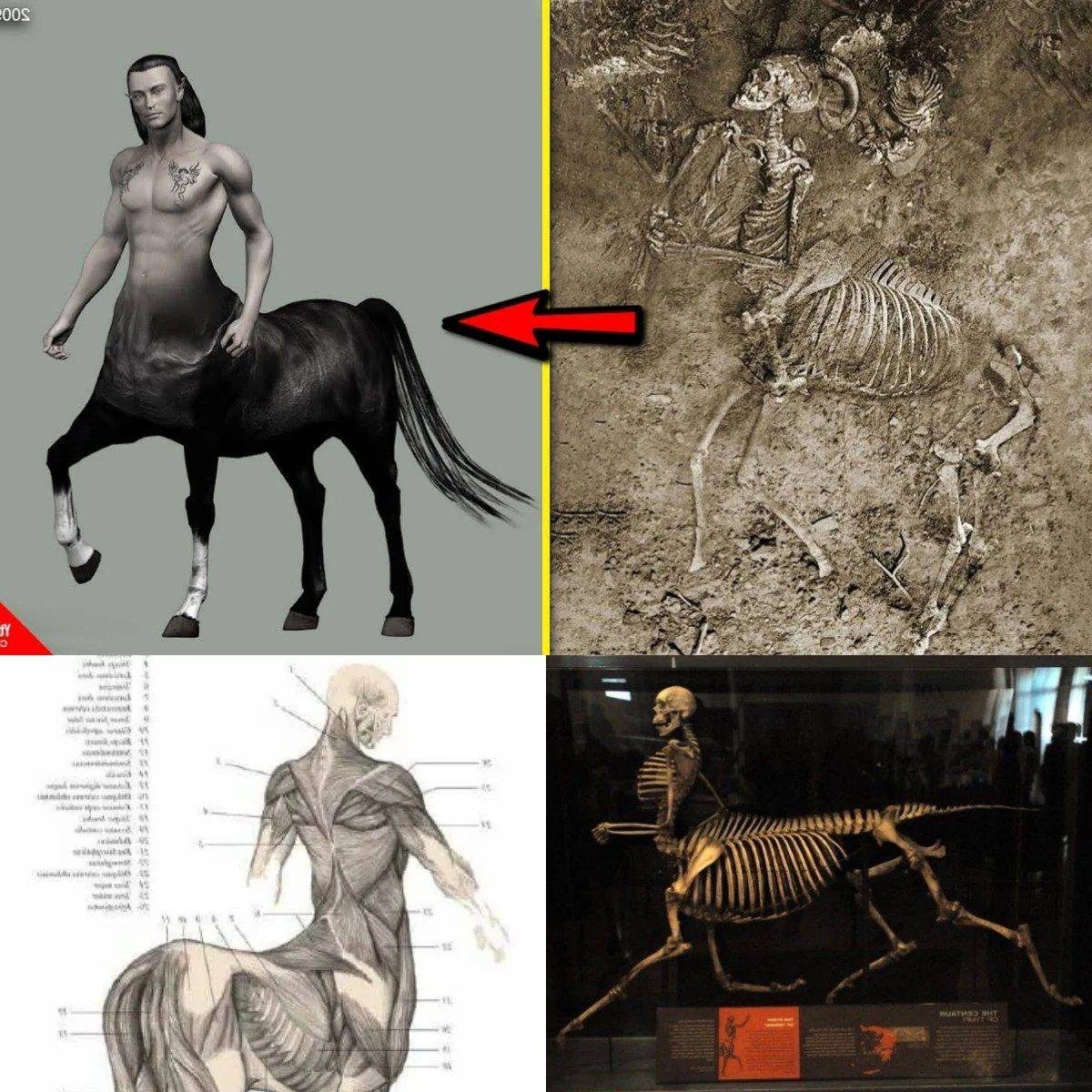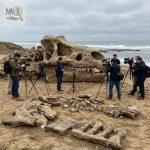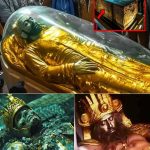Greece’s Legendary Centaur Unearthed: When Myth Meets Reality

For centuries, the tales of centaurs—half-human, half-horse beings—have captivated imaginations, appearing in Greek mythology, literature, and art. Traditionally regarded as symbols of the wild, untamed forces of nature, centaurs have occupied a unique space between legend and morality in ancient stories. Recently, a remarkable discovery in Greece has reignited the debate over the boundary between myth and reality: archaeologists have uncovered a skeletal structure that astonishingly resembles the legendary centaur. This finding challenges our understanding of history, folklore, and the origins of mythical storytelling.
A Discovery That Defies Expectation

The skeleton, remarkably preserved, has left scientists and historians astounded. Each bone seems to mirror descriptions from ancient texts, from the proportions of the limbs to the skeletal structure suggesting both human and equine characteristics. While skepticism remains, the discovery has sparked vigorous academic discussion. Could it be a previously unknown species? A hoax? Or perhaps a case where myth and biology intersect in ways yet to be understood?
Beyond its anatomical intrigue, the find offers a fascinating lens into how myths may evolve from kernels of truth. Folklore often contains echoes of ancient experiences and observations, and the centaur discovery provides an extraordinary opportunity to explore how these stories may have roots in real encounters or misinterpretations of prehistoric life.
Bridging Mythology and Archaeology
This unprecedented find illustrates the power of archaeology to challenge our assumptions about the past. Scholars are meticulously analyzing the bones, attempting to understand their origin, age, and biological feasibility. While it may never fully confirm the existence of legendary centaurs, it forces a reevaluation of the relationship between human imagination and historical reality.
Greek mythology is rich with beings that defy natural laws, yet these stories often carry symbolic truths about human nature, morality, and society. The centaur, representing a blend of intellect and instinct, might have been inspired by early encounters with unfamiliar animals, ritualized performances, or symbolic interpretations of human-animal hybrids. The skeletal find offers a unique bridge between myth, science, and cultural history.

Cultural Significance and Global Fascination
The discovery resonates beyond academic circles, capturing the imagination of storytellers, historians, and enthusiasts worldwide. It reminds us that myths are not just fanciful tales—they are vessels for cultural memory, societal values, and humanity’s enduring fascination with the extraordinary. The centaur skeleton has become a symbol of the mystery that connects past and present, legend and evidence, imagination and inquiry.
Conclusion
Greece’s centaur discovery is a breathtaking reminder of how myth and reality can intertwine. While definitive answers about the skeleton’s nature may remain elusive, the find reignites curiosity about the origins of legendary beings and the stories that shape human culture. Each bone seems to whisper ancient tales, inviting us to ponder whether legends are merely symbolic, or if they might, in some way, hold a tangible connection to history. In exploring this extraordinary find, we are reminded of the timeless allure of magical beings and the mysteries that continue to inspire wonder and discovery.











